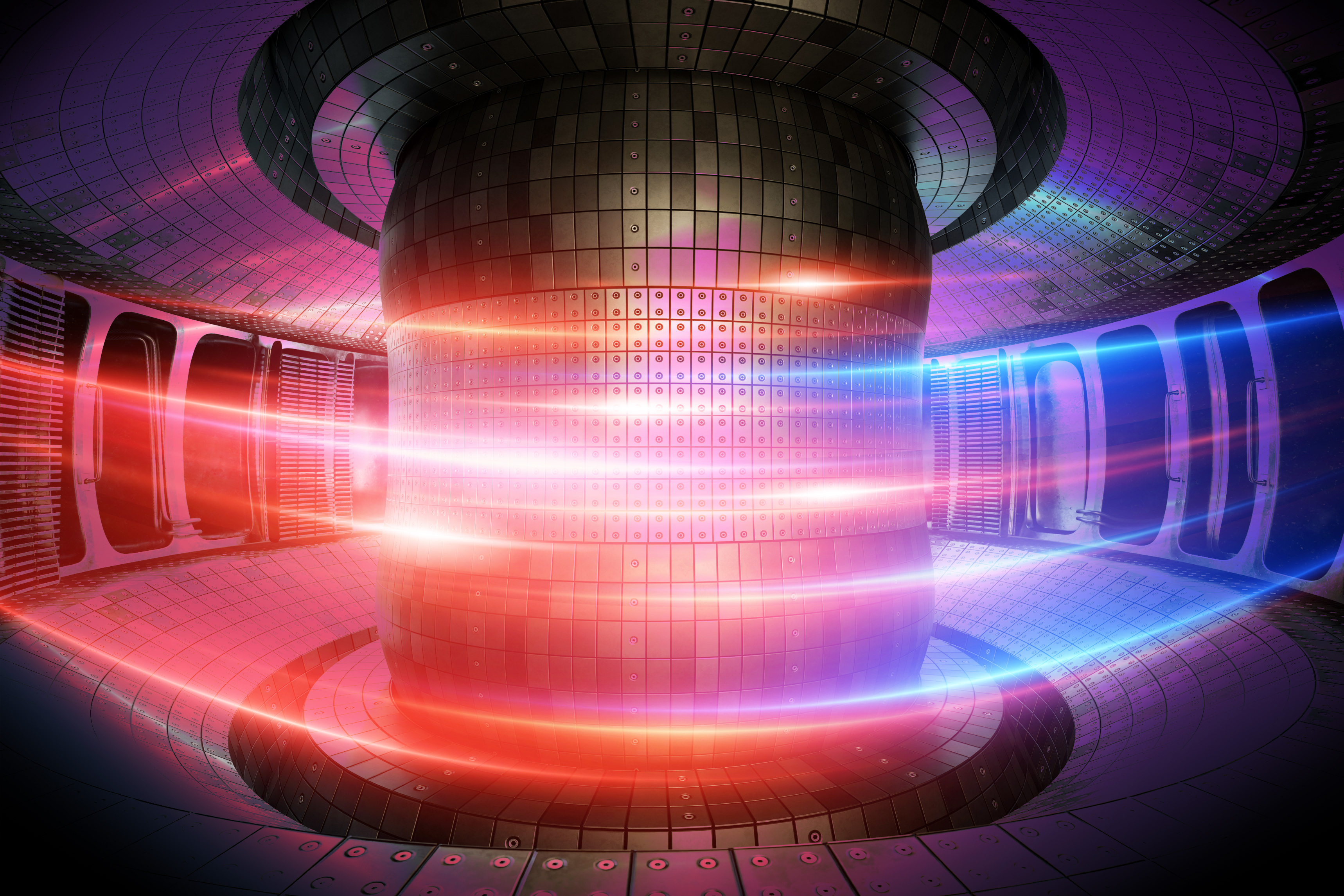MIT researchers have unveiled a cutting-edge technique for real-time, 3D imaging of material failures inside nuclear reactors. This revolutionary method could transform how scientists and engineers detect and study corrosion and cracking in reactor environments. By visualizing these processes as they happen, the new technology paves the way for developing materials that can withstand harsh conditions and radiation for much longer periods.

Enhancing Nuclear Reactor Safety and Lifespan
Traditional approaches to monitor material degradation in nuclear reactors often rely on post-use inspections or indirect measurements. However, these methods can miss crucial details about how and when failures begin. MIT’s real-time imaging technique enables scientists to observe the initiation and progression of cracks and corrosion under irradiation. This insight will help in designing more resilient materials, ultimately improving the safety and durability of next-generation nuclear reactors.
Looking to the Future
This innovative approach will not only extend the lifespan of advanced nuclear reactors but also contribute significantly to the development of safer and more reliable energy solutions. As the world seeks cleaner and more efficient power sources, such breakthroughs from MIT are crucial.
Sources:
Source